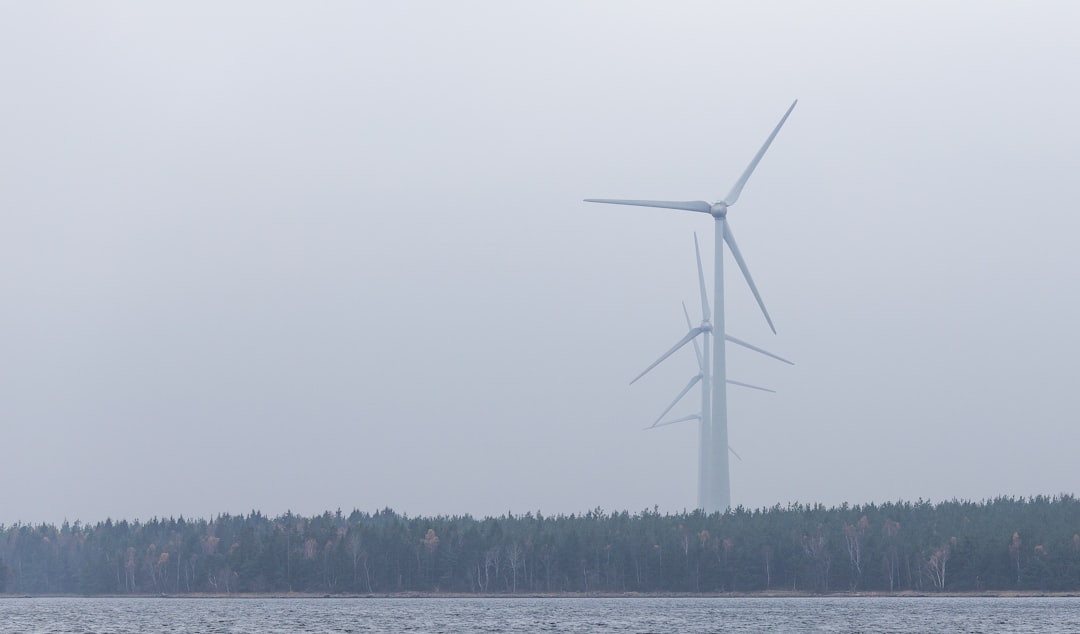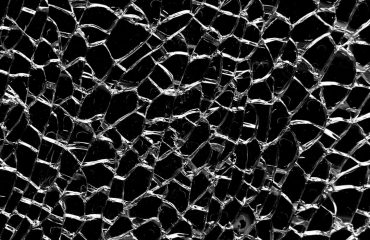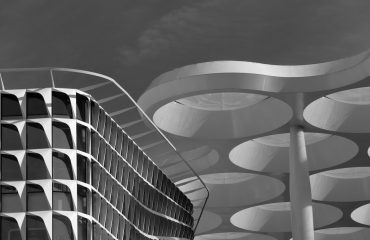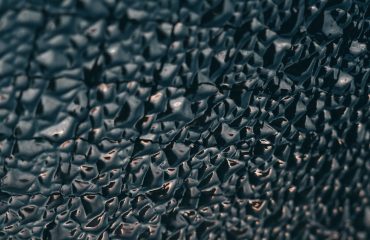body {
font-family: sans-serif;
line-height: 1.6;
}
h1, h2, h3 {
color: #333;
}
img {
max-width: 100%;
height: auto;
}
Wind turbines, the silent giants harnessing the power of the wind, rely heavily on their supporting structures – the steel towers. These colossal structures are not just simple poles; they are complex engineering marvels designed to withstand extreme forces, ensuring the efficient and safe operation of the turbines they support. This post delves into the fascinating world of steel wind turbine towers, exploring their design, construction, challenges, and the future innovations shaping their evolution.
The Design and Construction of Steel Wind Turbine Towers
The design of a steel wind turbine tower is a delicate balance between strength, weight, and cost. Engineers meticulously calculate the stresses and strains the tower will endure throughout its lifespan, considering factors like wind loads, seismic activity, and the weight of the nacelle and rotor. The towers are typically constructed from high-strength, low-alloy steel, often in sections that are welded or bolted together on-site. This modular approach allows for easier transportation and assembly, even in remote locations. Advanced computational fluid dynamics (CFD) modeling is employed to optimize the tower’s shape, minimizing wind resistance and maximizing its stability. Different designs exist, including lattice towers, tubular towers, and hybrid designs, each with its own strengths and weaknesses depending on the specific site conditions and turbine size.
Material Selection and its Impact on Tower Performance
The choice of steel for wind turbine towers is crucial. High-strength low-alloy (HSLA) steels are preferred due to their excellent strength-to-weight ratio. This allows for taller towers with less material, reducing costs and transportation challenges. However, the selection process involves careful consideration of factors like corrosion resistance, weldability, and fatigue strength. Advanced steel alloys with improved resistance to fatigue and corrosion are continuously being developed to extend the lifespan of the towers and reduce maintenance needs. Coatings and protective measures are also employed to combat corrosion, particularly in harsh coastal environments or areas with high humidity. The material’s properties directly influence the tower’s ability to withstand extreme weather events and maintain structural integrity over decades.
Challenges in Manufacturing and Erection of Steel Towers
Manufacturing and erecting these massive structures present significant logistical and engineering challenges. The sheer size and weight of the tower segments require specialized transportation and handling equipment. Precise welding and quality control are essential to guarantee the structural integrity of the tower. The erection process itself is a complex operation, often involving specialized cranes and skilled personnel. Safety is paramount throughout the entire process, given the heights involved and the potential hazards associated with working at such elevations. Furthermore, the environmental impact of manufacturing and transporting these large components needs careful consideration and mitigation strategies.
Maintenance and Lifespan Extension of Wind Turbine Towers
Regular maintenance is crucial to ensuring the long-term performance and safety of wind turbine towers. This involves visual inspections, non-destructive testing (NDT) techniques like ultrasonic testing to detect internal flaws, and regular painting to prevent corrosion. Advanced monitoring systems are increasingly being incorporated to provide real-time data on the tower’s structural health, allowing for proactive maintenance and preventing unexpected failures. Innovative techniques are being explored to extend the lifespan of existing towers, including strengthening and upgrading existing structures to accommodate larger and more powerful turbines. This approach reduces the environmental impact associated with dismantling and replacing aging towers.
Future Innovations in Steel Wind Turbine Tower Technology
The future of steel wind turbine towers is marked by continuous innovation. Research focuses on developing lighter, stronger, and more cost-effective materials. Advanced manufacturing techniques, such as 3D printing, are being explored to create complex tower designs with optimized strength and weight distribution. Furthermore, the integration of smart sensors and data analytics will enable predictive maintenance, reducing downtime and maximizing energy production. Hybrid designs combining different materials, such as steel and composites, are also being investigated to create even more robust and efficient towers. The development of floating offshore wind turbine towers presents unique challenges and opportunities, driving innovation in materials science and structural engineering.
In conclusion, steel wind turbine towers are integral to the success of wind energy generation. Their design, construction, and maintenance are complex processes requiring expertise in various engineering disciplines. Continuous innovation in materials, manufacturing, and monitoring technologies will pave the way for even taller, stronger, and more efficient wind turbine towers, playing a crucial role in the global transition to renewable energy.
SEO Tags:
- Wind Turbine Towers
- Steel Wind Turbine Towers
- Wind Energy Infrastructure
- Wind Turbine Construction
- Offshore Wind Turbine Towers




